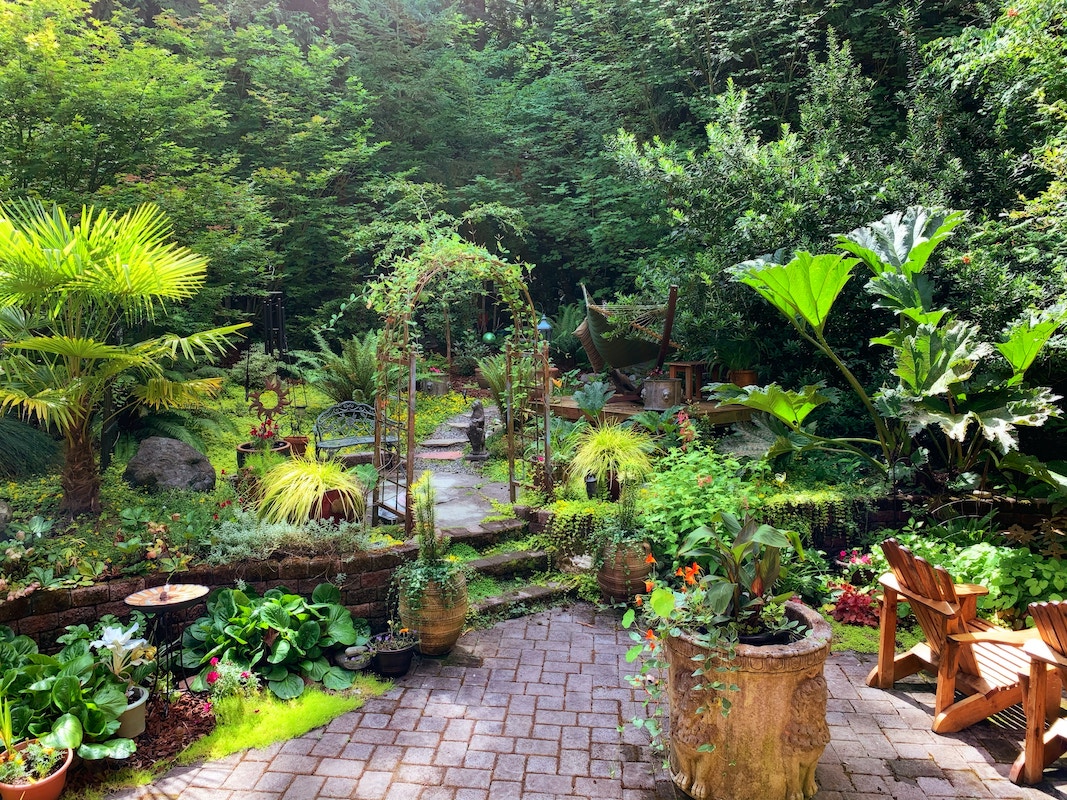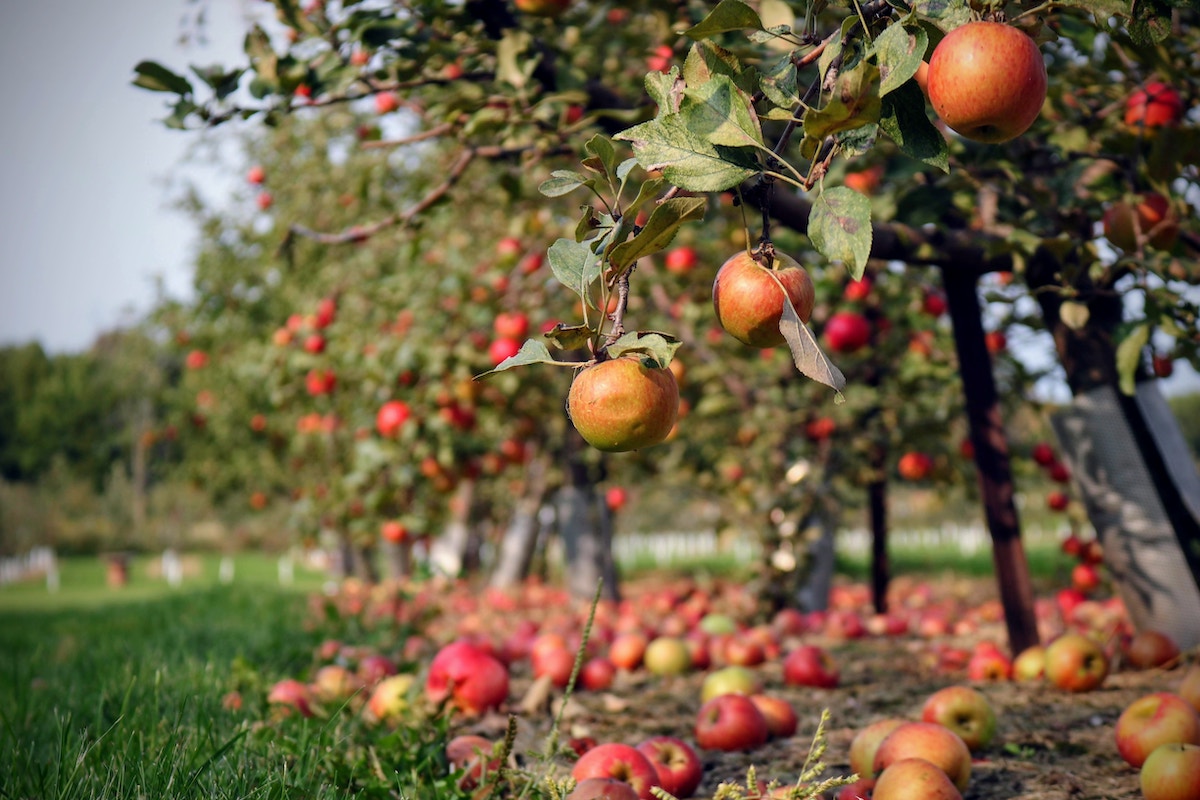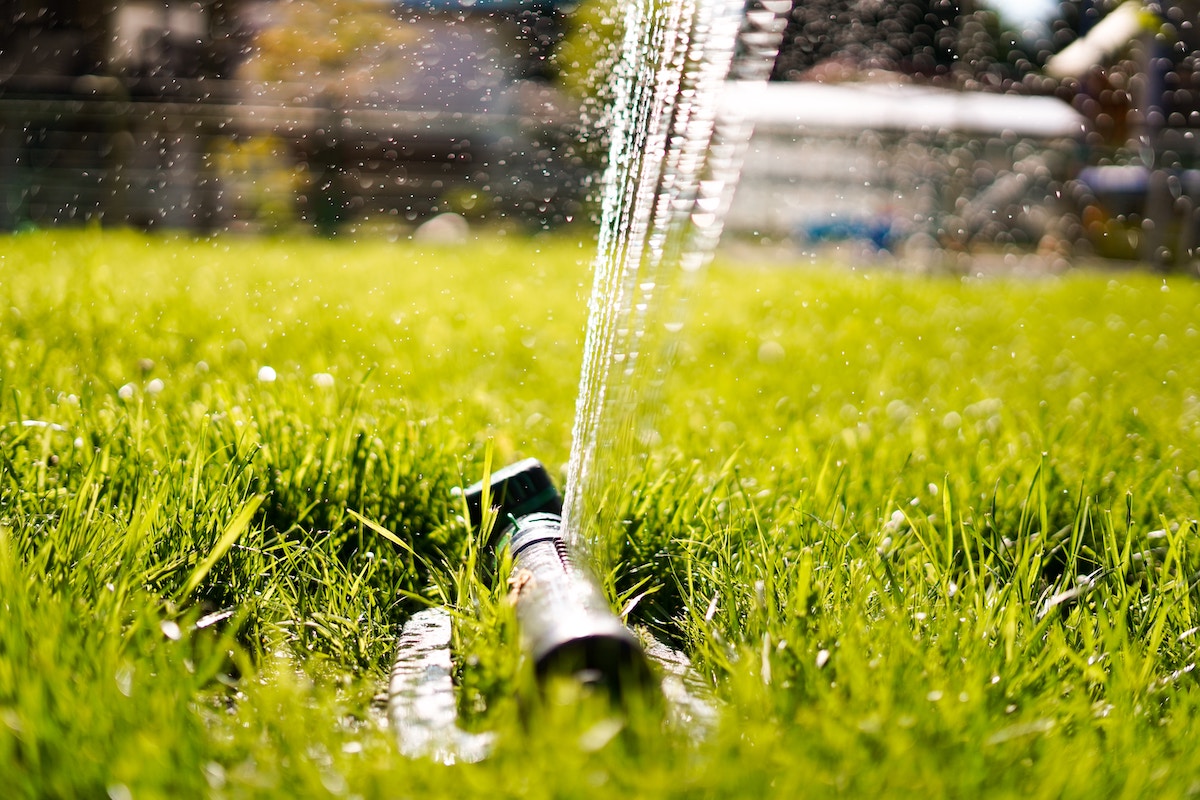Embarking on the journey of creating a garden is not just about planting seeds in the soil—it’s a thoughtful and strategic process that requires planning and consideration. Whether you’re a gardening novice or a seasoned enthusiast, designing your garden is a rewarding endeavor. In this comprehensive guide, we’ll walk you through the essential steps on how to plan your garden, from choosing the right location to selecting plants that thrive in your environment.
1. Assess Your Space:

Before you start digging, take a step back and assess your garden space. Consider the following factors:
- Sunlight Exposure: Determine how much sunlight your garden receives throughout the day. Different plants have varying sunlight requirements, so this will influence your plant selection.
- Soil Quality: Test the soil to understand its composition and nutrient levels. This information will guide you in choosing the right plants and amendments for optimal growth.
- Space Constraints: Identify any space constraints, such as existing structures, trees, or utility lines. Plan around these elements to make the most of your available space.
2. Define Your Garden’s Purpose:
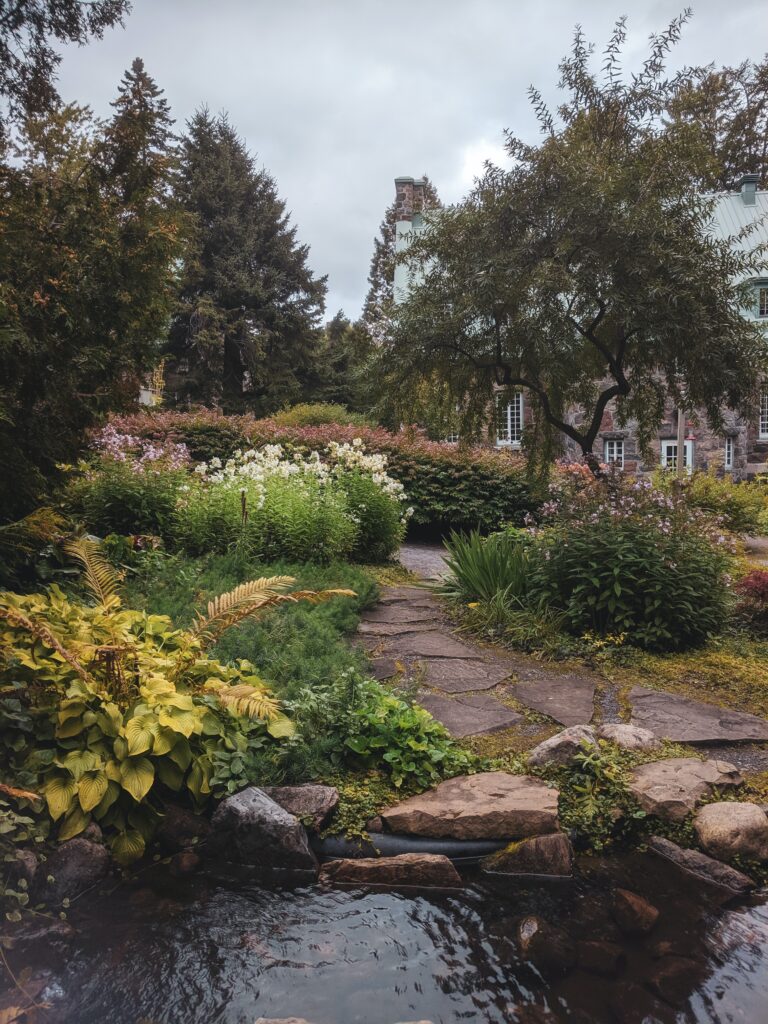
What do you want to achieve with your garden? Whether it’s a vibrant flower garden, a bountiful vegetable patch, or a serene meditation space, defining the purpose of your garden will guide your design decisions.
- Functional Zones: Divide your garden into functional zones based on your goals. Consider separate areas for growing, relaxation, and entertaining.
3. Create a Garden Layout:

A well-thought-out layout ensures that your garden not only looks good but also functions efficiently. Consider these layout elements:
- Pathways: Plan pathways to provide access to different areas of your garden. These can be made from materials like gravel, stepping stones, or mulch.
- Planting Beds: Designate planting beds for different types of plants. Consider raised beds for improved drainage and easier maintenance.
- Focal Points: Create focal points with eye-catching elements like sculptures, water features, or a beautifully designed seating area.
4. Choose Plants Wisely:
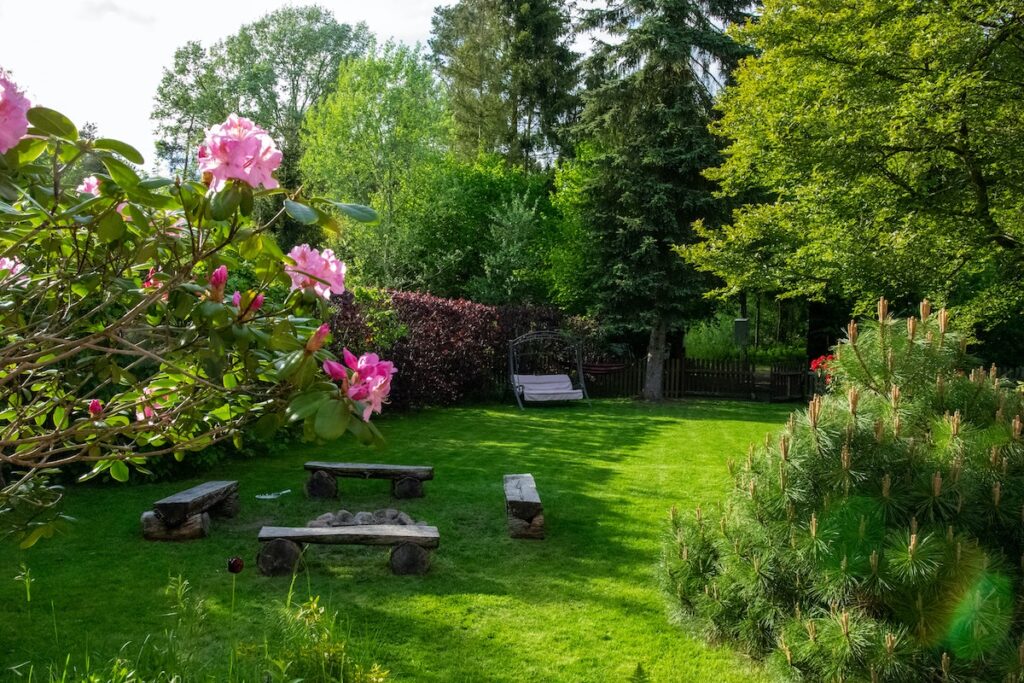
Selecting the right plants is crucial for a thriving garden. Consider the following factors:
- Climate Zone: Identify your climate zone to choose plants that are well-suited to your local conditions.
- Seasonal Interest: Plan for year-round interest by selecting plants with different blooming periods, foliage colors, and textures.
- Companion Planting: Explore companion planting principles to enhance plant health and discourage pests.
5. Consider Maintenance Needs:
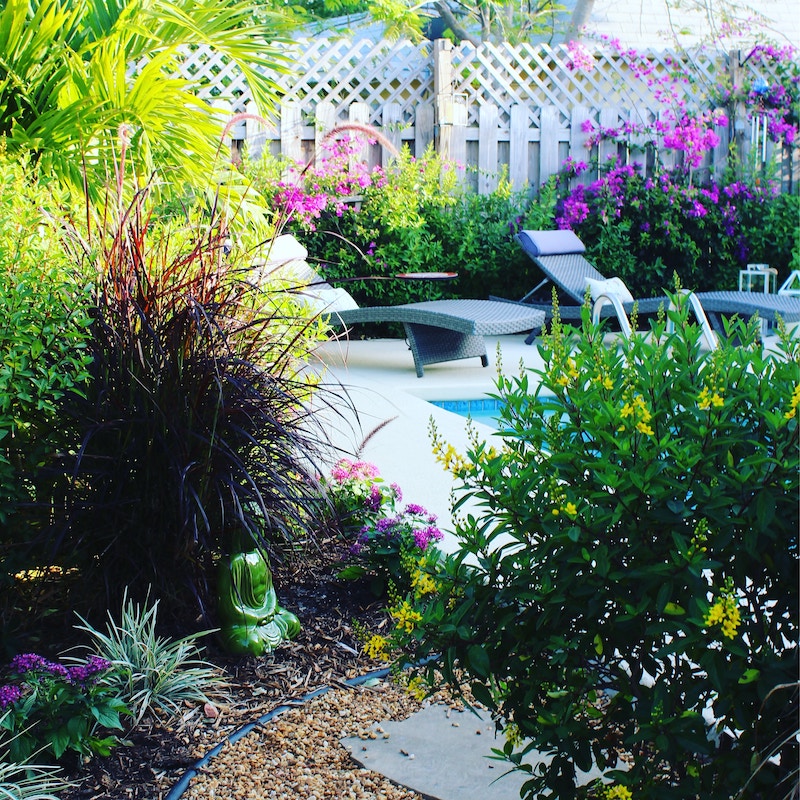
While dreaming of a lush garden is exciting, it’s important to consider the maintenance requirements to keep your garden thriving:
- Watering: Plan for efficient watering systems, such as drip irrigation or soaker hoses, to conserve water and keep plants hydrated.
- Mulching: Mulch beds to suppress weeds, retain moisture, and regulate soil temperature.
- Pruning and Deadheading: Factor in time for regular pruning and deadheading to maintain the health and aesthetics of your plants.
6. Sustainable Practices:

Consider incorporating sustainable practices into your garden design to reduce your environmental impact:
- Composting: Set up a composting system to recycle kitchen and garden waste into nutrient-rich compost.
- Rainwater Harvesting: Collect rainwater for watering your garden, reducing reliance on traditional water sources.
- Native Plants: Include native plants in your garden, as they are well-adapted to local conditions and support local ecosystems.
7. Start Small and Grow:
If you’re new to gardening, consider starting small and gradually expanding as you gain experience. A small, well-maintained garden can be just as rewarding as a larger one.
Cultivate Your Green Oasis
Planning your garden is a journey that combines creativity, practicality, and a touch of nature’s magic. By assessing your space, defining your garden’s purpose, and choosing plants wisely, you’ll lay the foundation for a green oasis that brings joy and beauty to your home. Remember, gardening is a dynamic process, so embrace the journey of learning and growing alongside your plants. Happy gardening!

